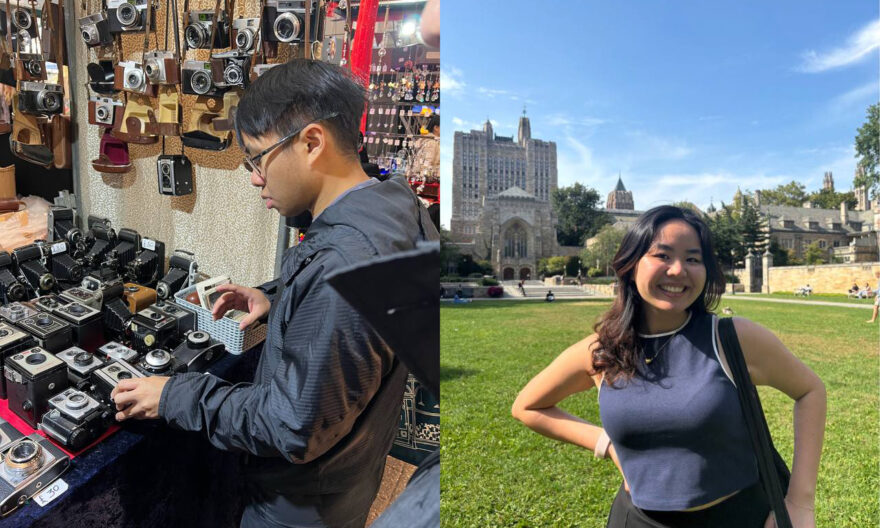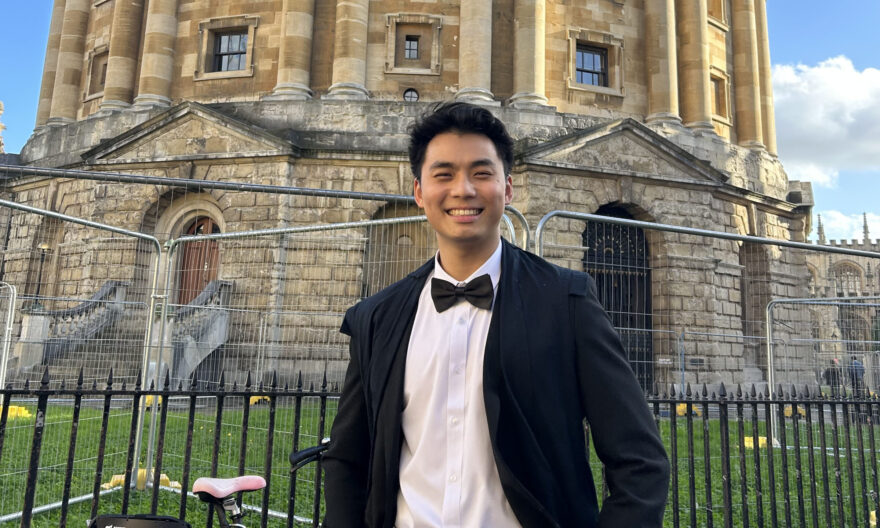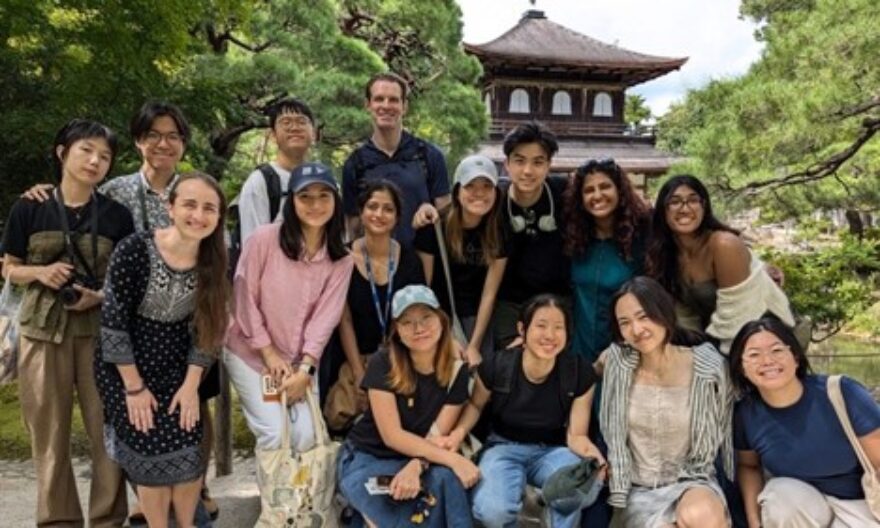Yale-NUS students and alumni expand their horizons through the Learning Across Boundaries programme in the Philippines
The students and alumni explored and compared rice and coffee production in the highlands of the Cordillera mountains and the lowlands of Luzon
During the semester break, a group of Yale-NUS College students and alumni travelled to the mountainous Cordillera region of the Philippines under the College’s Learning Across Boundaries (LAB) programme. Led by Associate Professor of Social Sciences (Environmental Studies) Marvin Montefrio, Senior Visiting Lecturer of Science (Environmental Studies) Linda Puth, and Residential Life Officer (RLO) Gabriel Tang, the programme provided students with a deep dive into the intricacies of production and supply chains of two commodities that are the lifeline of the region: rice and coffee.
Starting from the lowlands of Manila and Quezon City, the participants sampled coffee varieties and coffee-enhanced dishes in a third-wave coffee shop that specialises in the preservation of heirloom coffee. Guided by a capstone thesis of Alaine Taylor Johnson (Class of 2018), who explored the production and consumption practices of Philippine heirloom coffee, the participants were able to trace the supply chains of coffee beans and ponder over the socio-economic implications of the commercialisation of heritage coffee varieties.
The group then headed to the highland town of Sagada, where they had an opportunity to meet the farmers who grew the coffee beans used by the lowland coffee shops. They were able to make sense of the relationships between smallholder farmers and coffee businesses, as well as the passing of traditional knowledge between generations of farmers.
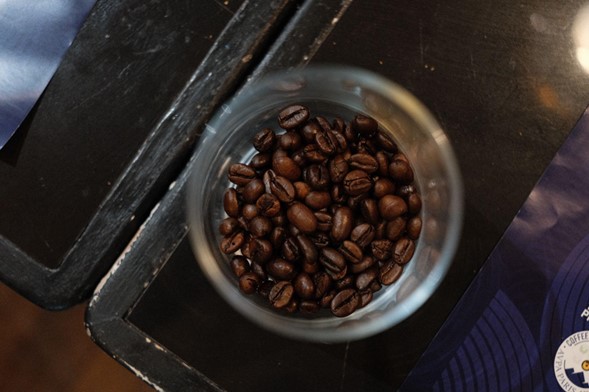 Coffee beans grown in Sagada that the students tried at a coffee shop in Quezon City. Image provided by Glenda Wee.
Coffee beans grown in Sagada that the students tried at a coffee shop in Quezon City. Image provided by Glenda Wee.
Turning their attention to rice next, the participants travelled to the highland province of Ifugao, famous for its cascading rice terraces. They learned that these terraces were the products of ‘escape agriculture’, as the lowland population fled from Spanish colonisers into the mountains, transforming the landscape for their sustenance needs. In Ifugao, the group visited the rice terraces of Batad, which is a UNESCO World Heritage Site and is often considered the ‘eighth wonder of the world’”.
Abigail Peh (Class of 2024) reflected on the knowledge acquired during the stay in Batad: “I learned that rice, which I had always seen as a basic commodity, holds significant importance to the famers and the general Filipino population. To them, rice is not just food; it is central to their diet, a source of income, an intergenerational tradition, a symbol of national pride, a focus of scientific research, and a reflection of colonial history. For example, the prevalent consumption of white rice today is a lasting influence of colonialism, which culturally associated white rice with higher social status, despite it being less healthy and more processed than brown rice.”
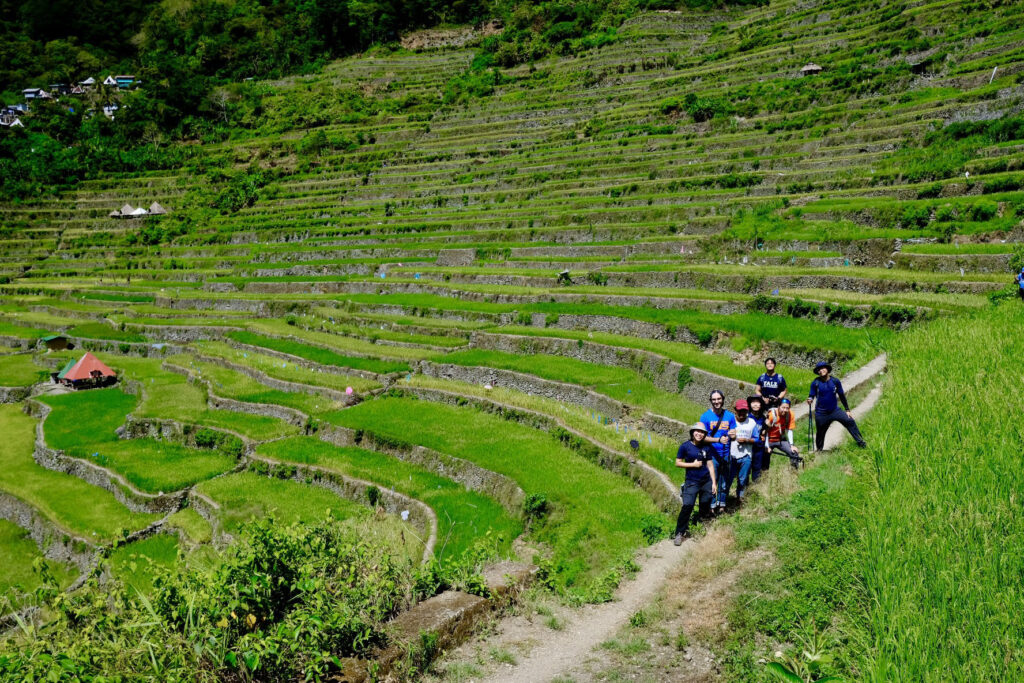 Yale-NUS students and alumni climbing the rice terraces of Batad. Image provided by Marvin Montefrio.
Yale-NUS students and alumni climbing the rice terraces of Batad. Image provided by Marvin Montefrio.
In the last few days of the trip, the participants made their way back to the lowlands, heading to the Philippine Rice Research Institute (PhilRice) located in the Science City of Muñoz. There, they learned about the work done by Filipino scientists to preserve heritage rice varieties and develop nutritional and economically viable rice products. They also visited the Central Luzon State University, which is lauded for its agricultural programme, and the Philippine Carabao Center, which does research and conservation work related to carabao (the Philippine water buffalo.)
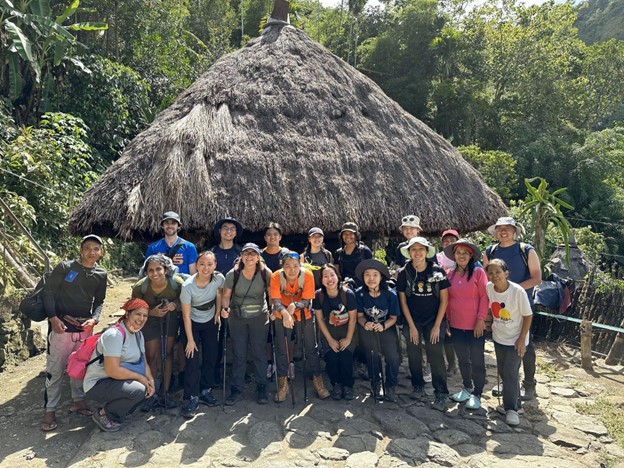 The Yale-NUS LAB participants and local guides in front of a traditional Ifugao house. Image provided by Marvin Montefrio.
The Yale-NUS LAB participants and local guides in front of a traditional Ifugao house. Image provided by Marvin Montefrio.
Glenda Wee (Class of 2025) shared her thoughts about this LAB programme: “I really enjoyed how we explored coffee and rice from so many different perspectives! It gave us the opportunity to talk to the indigenous farmers in the uplands, as well as distributors and scientists in the lowlands. It was challenging having to move to different locations in such a short time, but it allowed us to see the tensions and interactions between the people involved!”

